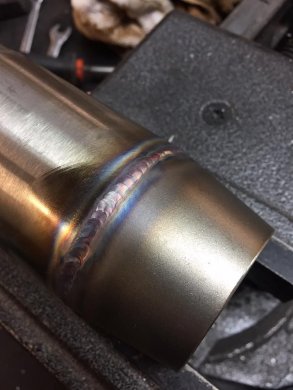BigLee
Well-known member
I'm replaced both front and back wheel bearing that's failed on the disc side. Speaking to my local dealer he said that's they've never had a problem with brake heat killing bearings. Tbh I was surprised at that! Anybody else find this? Keeping on top of greasing bearing more often now ??


